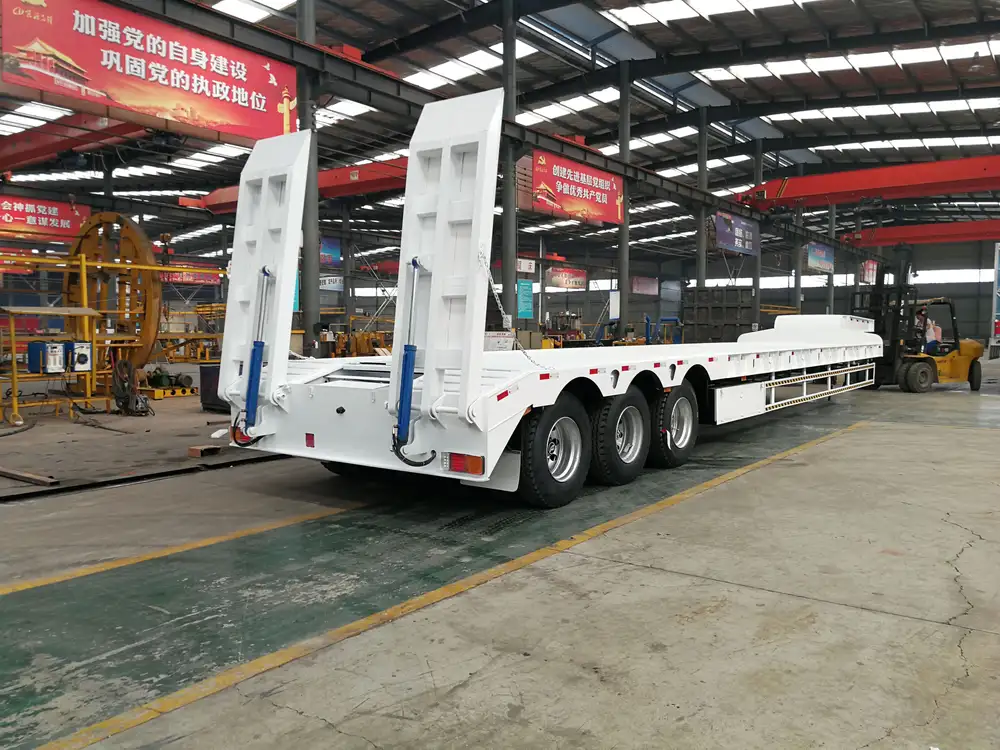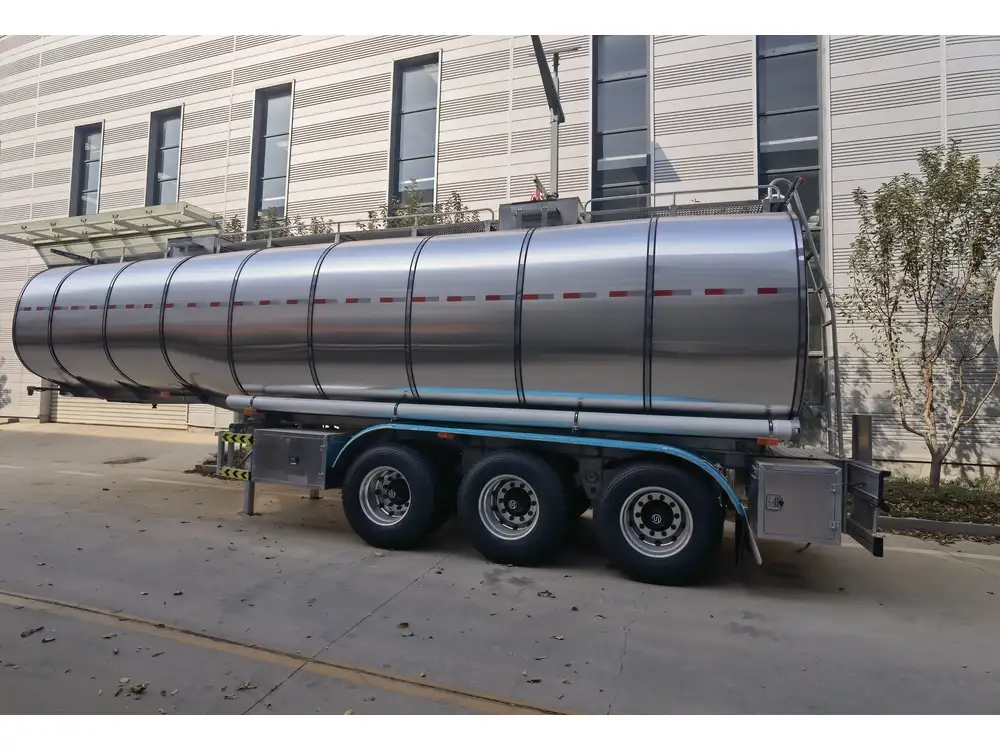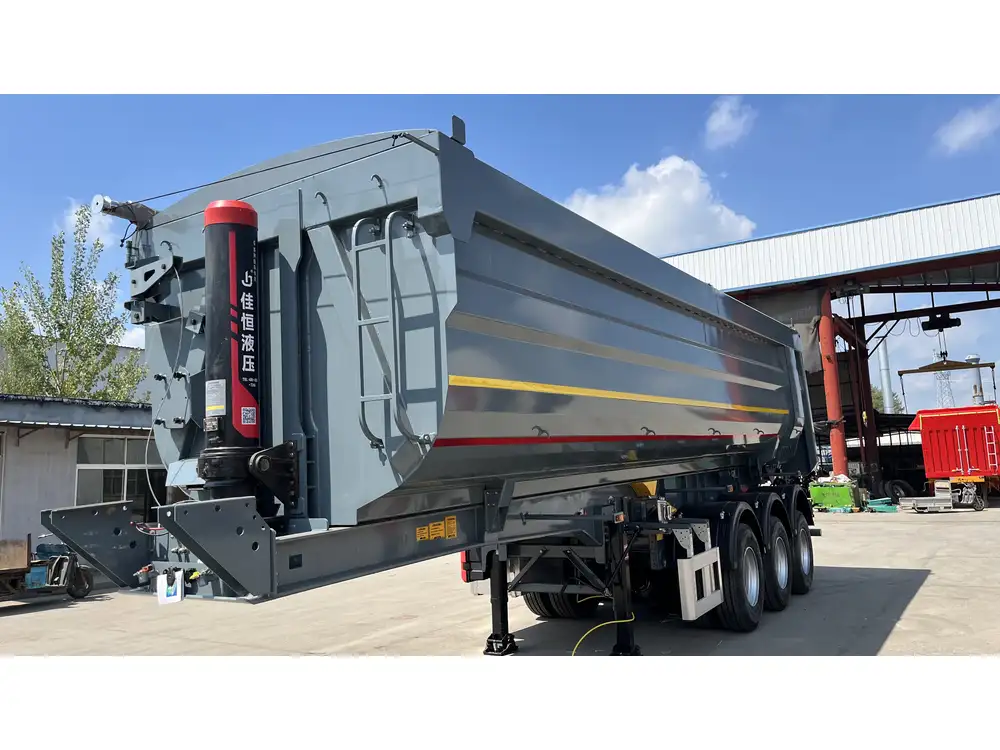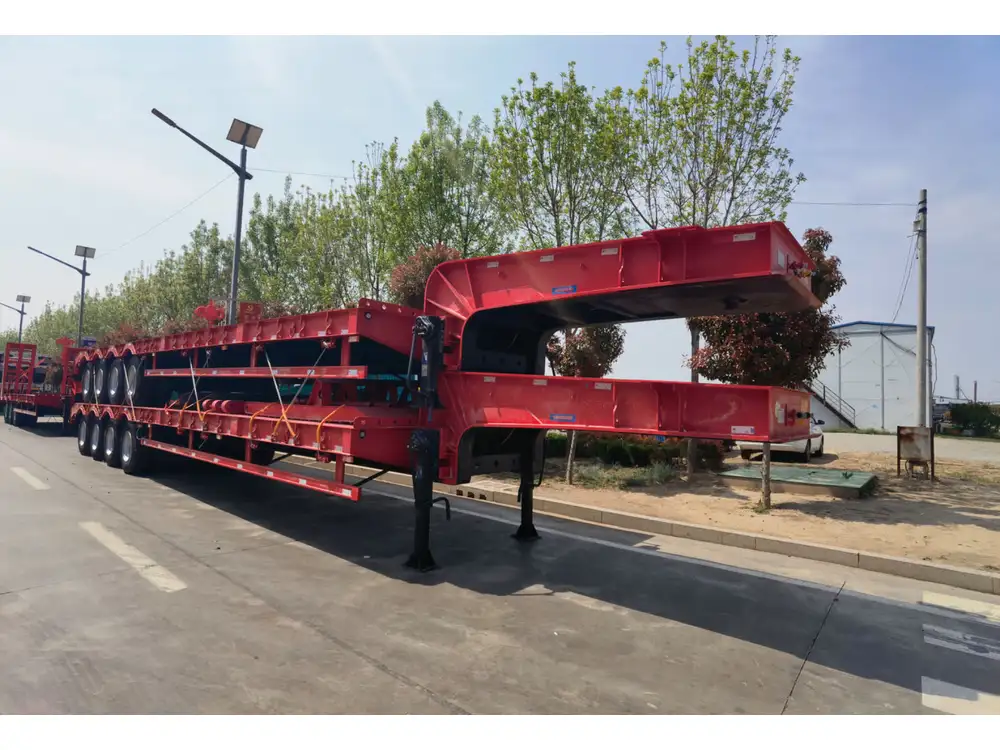When operating within the logistics and transportation sectors, precision in the specifications of your equipment is paramount. The weight of a trailer is a critical factor that affects hauling capacity, fuel efficiency, and compliance with federal and state regulations. Understanding how much a 28-foot semi-trailer weighs not only assists in planning effective shipping loads but also enhances safety standards on the road.
Overview of Semi-Trailer Categories
What is a Semi-Trailer?
A semi-trailer is an essential component of the trucking industry, designed for transporting goods without a front axle. Instead, it relies on a tractor unit for support and mobility. The characteristics of semi-trailers can vary dramatically based on their intended use and size.

Size Matters: The 28-Foot Semi-Trailer
The 28-foot semi-trailer stands out as a popular option for businesses due to its balance between storage capacity and maneuverability. While longer trailers can carry more cargo, they can be cumbersome in urban environments. The 28-foot size often meets the needs of local deliveries and inter-city transport.
Weighing Factors: Determining Trailer Weight
Understanding the weight of a 28-foot semi-trailer involves several variables. Here’s a breakdown of the factors influencing the weight:
| Factor | Description |
|---|---|
| Construction Material | The type of materials used in manufacturing (aluminum, steel, composite) |
| Design and Features | Additional features like insulation, refrigeration units, or lift gates |
| Load Distribution | The weight of goods being carried and how they are distributed |
| Axle Configuration | Number of axles and their arrangement, which affects weight capacity |
| Manufacturers’ Standards | Different manufacturers may have slight variations in designs |
Average Weight of a 28-Foot Semi-Trailer
On average, a 28-foot semi-trailer weighs approximately 6,000 to 8,000 pounds (2,722 to 3,628 kg). However, the weight can fluctuate based on the aforementioned factors. Below is a breakdown of typical configurations:
| Configuration | Average Weight (lbs) | Average Weight (kg) |
|---|---|---|
| Dry Van | 6,000 – 7,000 | 2,722 – 3,175 |
| Reefer (Refrigerated) | 7,000 – 8,000 | 3,175 – 3,628 |
| Flatbed | 6,500 – 8,500 | 2,948 – 3,856 |

Types of 28-Foot Semi-Trailers
Dry Van Trailers: Commonly utilized for non-perishable cargo, these trailers provide a closed storage area, keeping goods secure and shielded from the elements.
Reefer Trailers: Designed for perishable items, reefer trailers include an integrated refrigeration unit that maintains specific temperature ranges to ensure product safety.
Flatbed Trailers: Typically used for oversized cargo that doesn’t fit into conventional trailers, flatbeds remain versatile for various transport needs.
Legal Weight Restrictions
Understanding legal weight restrictions on semi-trailers is crucial for compliance. In the U.S., the Federal Highway Administration sets weight limits under the Heavy Vehicle National Law (HVNL). A legal maximum weight limit for a semi-trailer is generally 80,000 pounds (36,287 kg) when including both the trailer and the tractor.
Axle Weight Limits
For a 28-foot semi-trailer, specific axle configurations dictate the weight distribution permissible. The following list indicates standard limits per axle group:
| Axle Configuration | Maximum Weight Limit (lbs) | Description |
|---|---|---|
| Single Axle | 20,000 | Common for small trailers |
| Tandem Axle | 34,000 | Typical for most trailer configurations |
| Tridem Axle | 42,000 | Allows higher loads for heavier loads |

Impact of Weight on Safety and Compliance
Exceeding weight regulations can lead to severe penalties, including fines or shutdowns. Moreover, overloaded trailers compromise safety, increasing the chances of accidents due to reduced stopping distances.
Benefits of Knowing the Weight
Understanding the weight of a 28-foot semi-trailer equips operators and businesses with insights into:
Cost-Efficiency
Being aware of the trailer’s weight facilitates better load planning, optimizing the balance of cargo to ensure cost-effective use of fuel and resources.

Load Capacity Optimization
Maximizing hauling capacity while adhering to legal weight limits enables businesses to transport more goods per trip, increasing operational efficiency.
Safety on the Road
Appropriate weight distribution minimizes the risk of trailer sway and enhances overall stability, leading to safer transport conditions.
Calculating Your Load

Steps to Calculate Load Weight
Know Your Trailer Weight: Start with the empty weight of your trailer, which you can find on the manufacturer’s specifications.
Weigh Your Cargo: Sum the weight of all items being loaded.
Account for Additional Equipment: Include the weight of any extra equipment you may have added to the trailer (e.g., chains, binders).
Calculate Total Weight: Add the trailer’s weight to the total weight of the cargo and equipment to reach the overall weight being transported.
Sample Calculation
Consider the following example for clarity:
- Empty Weight of Trailer: 7,000 lbs
- Weight of Cargo: 5,000 lbs
- Additional Equipment: 500 lbs
Total Weight Calculation:
7,000 lbs (trailer) + 5,000 lbs (cargo) + 500 lbs (equipment) = 12,500 lbs total
Ensuring Legal Compliance
Always cross-check the total weight against legal weight limits based on the axle configuration to maintain compliance with highway regulations.

Conclusion
Understanding the weight of a 28-foot semi-trailer is not merely an academic exercise; it directly impacts your operational capabilities, financial costs, and adherence to safety regulations. Armed with this knowledge, businesses and operators alike can optimize their logistics, ensure compliance, and enhance overall operational efficiency. By ensuring that only the necessary loads are carried within legal limits, you contribute to a safer and more efficient transportation network.
Additional Considerations
As businesses evolve, the tools and technologies available for monitoring weights and loads also progress. Implementing advanced weighing systems and technologies could significantly enhance decision-making processes regarding load management.
For a deeper understanding of how the weight of different trailer types impacts your business, and to explore tailored solutions, connecting with a reputable semi-trailer manufacturer or a logistics consultant may offer further insights tailored to your unique needs and goals.



